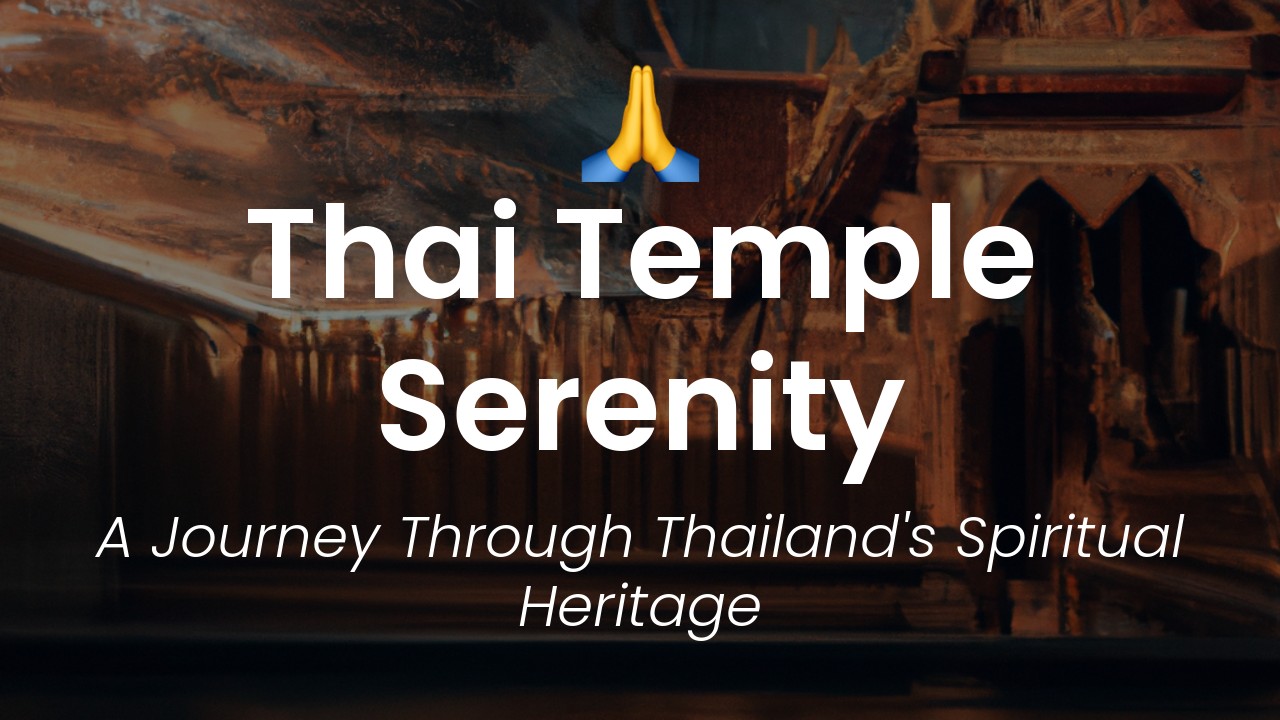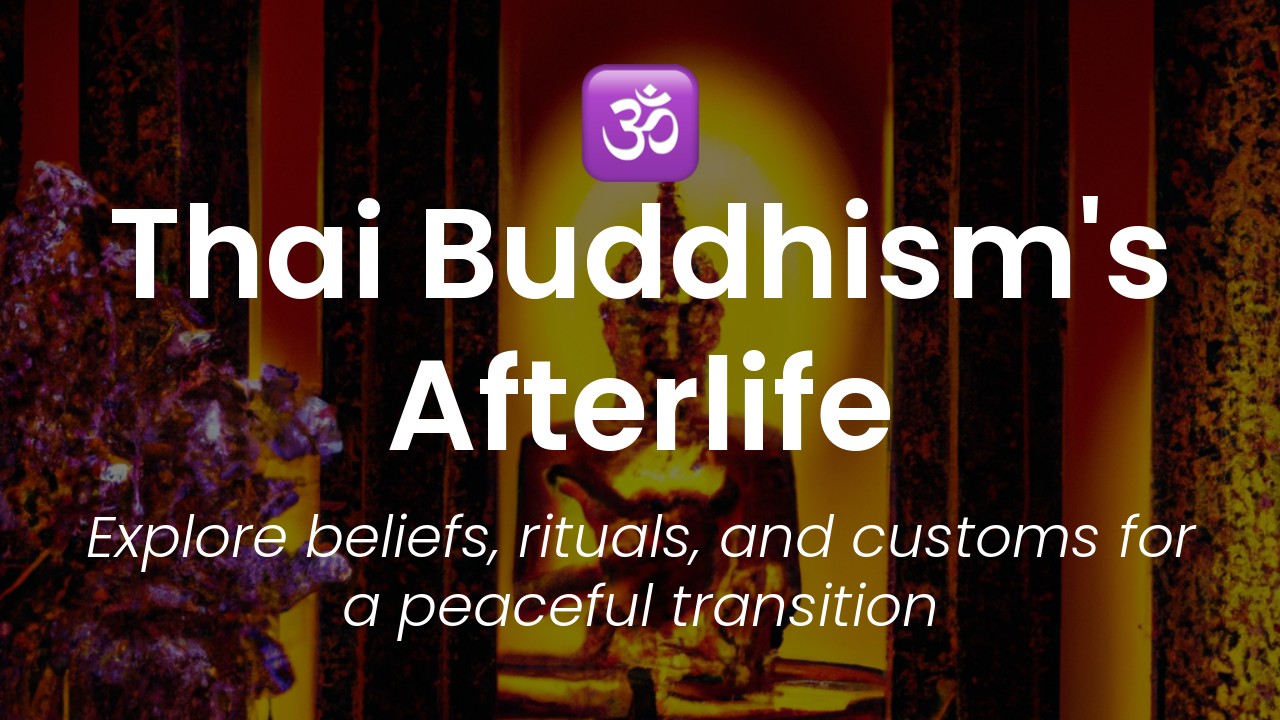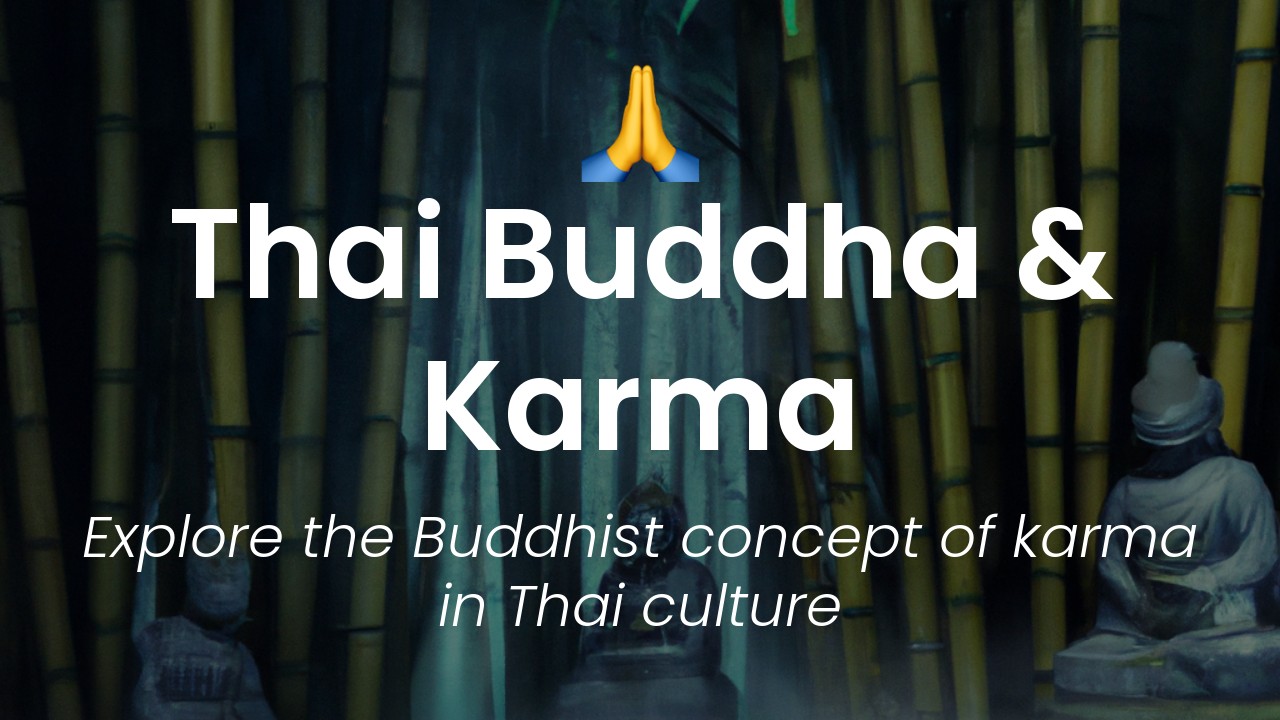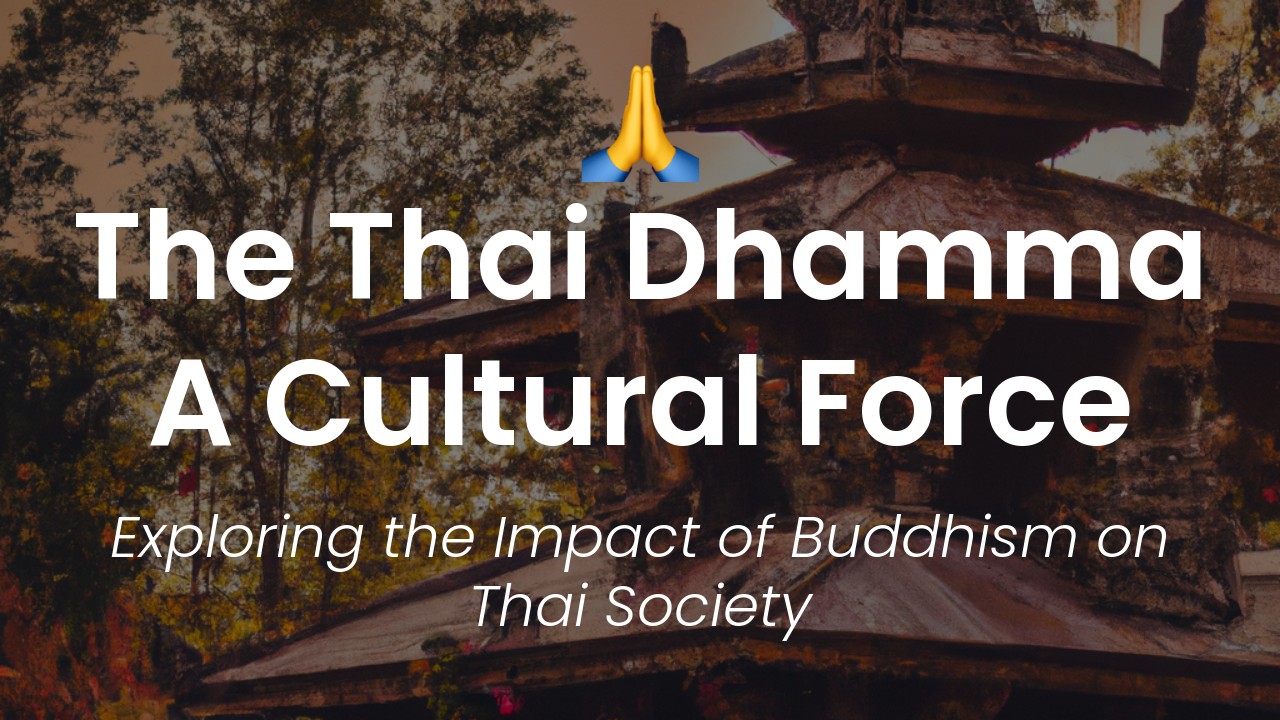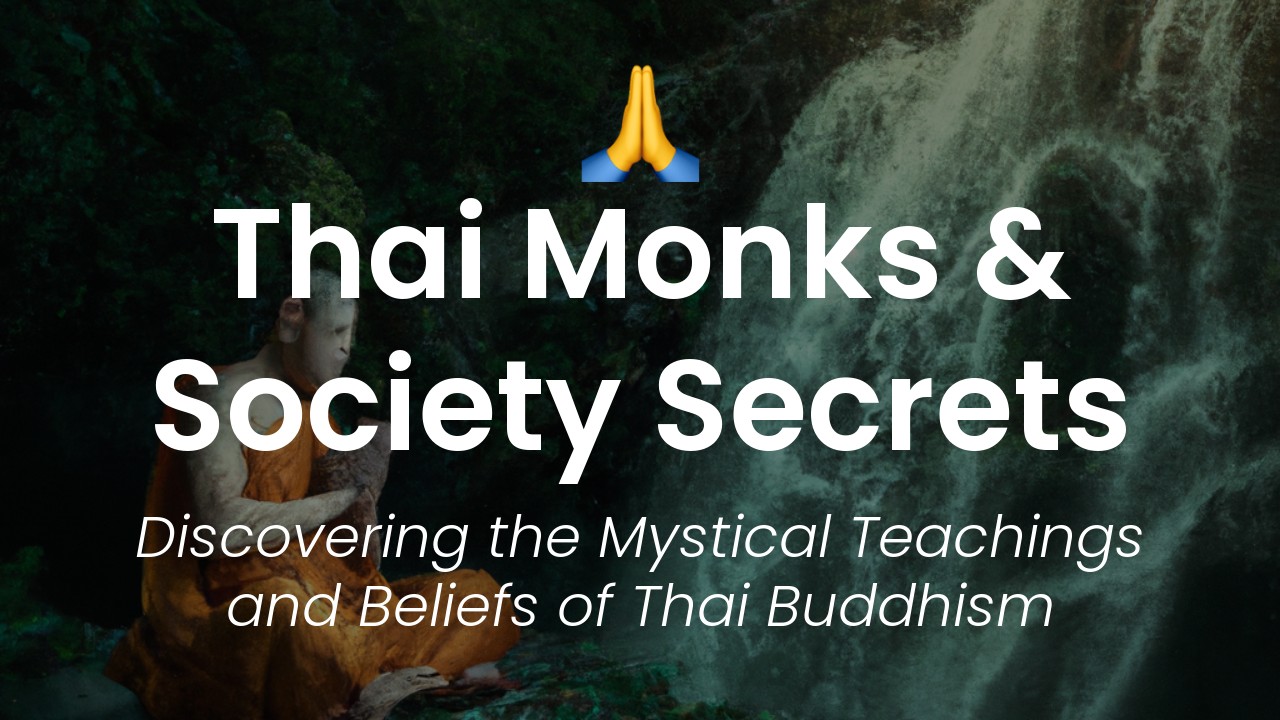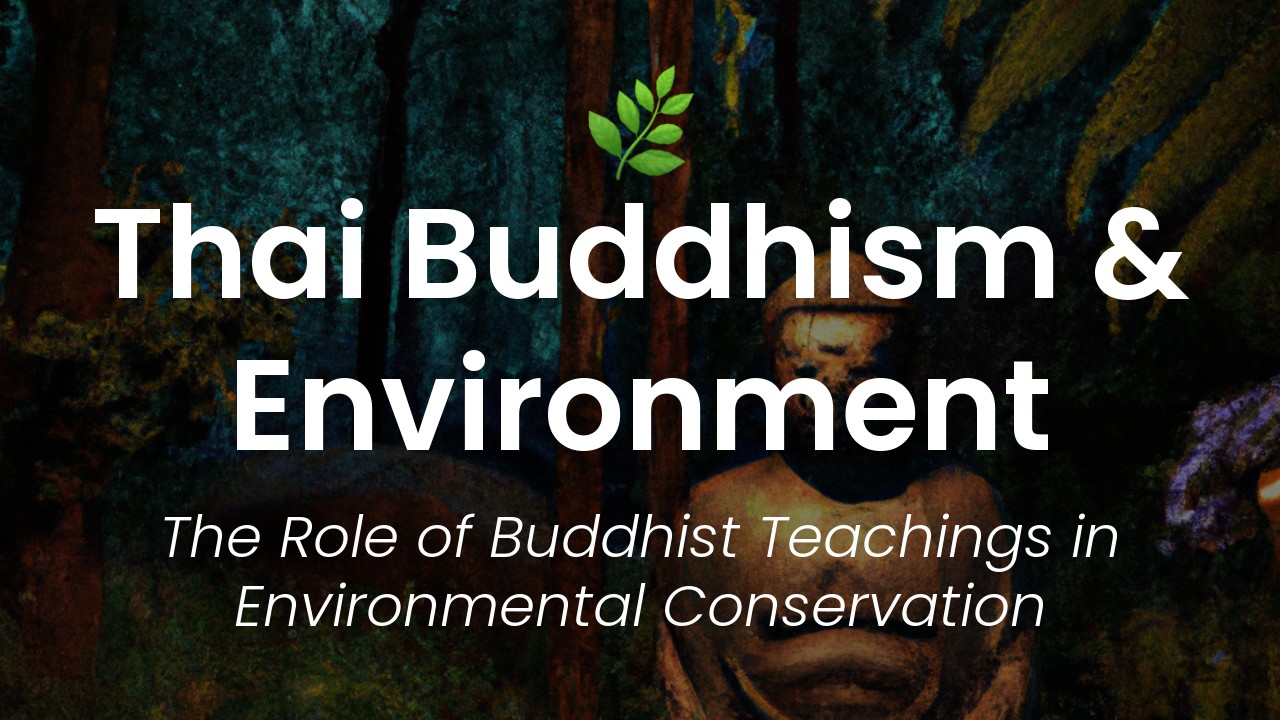As a young Thai woman, I grew up surrounded by the beauty of Buddhist temples. They are a cornerstone of Thai culture and are found in nearly every town in Thailand. Over the years, my travels have taken me to many temples throughout my home country, and each time I visit, I am struck by their tranquil beauty and significance to Thai society.
But there's more to these temples than just stunning architecture and peaceful surroundings. They are part of a world that many visitors don't fully understand. So, I wanted to write a blog post that would help unlock the secrets of Thai Buddhist temples and provide readers with a deeper understanding of these sacred places.
In this article, I'll take you on a journey through the world of Thai Buddhist temples. We'll explore the significance of the temples to Thai culture and society, the different types of temples you're likely to encounter, and the rituals and customs that are associated with them. We'll also look at some of the most famous and important temples in Thailand, sharing their stories and what makes them unique.
So, if you're planning a trip to Thailand and want to experience the culture and history of this incredible country, come with me on this journey to unlock the secrets of Thai Buddhist temples. Let's dive in!
Dress Code and Etiquette
As a devout Buddhist nation, Thailand is home to thousands of magnificent temples, or "wat" in Thai. These temples are not just places of worship but also cultural and historical symbols that are significant to the country's identity. Visitors to Thailand should undoubtedly visit some of these temples to appreciate the grandeur and learn about the Buddhist teachings. However, when visiting these sacred places, it is crucial to observe the proper dress code and etiquette to show respect and avoid offending the locals.
First things first, dress appropriately. Visitors must dress conservatively, covering their shoulders, chest, and knees. Wearing shorts or sleeveless shirts is not allowed in most temples. It is also best to avoid tight or revealing clothing that may be deemed disrespectful to the temple's sanctity. For females, it is customary to wear a long skirt or dress that covers both the knees and shoulders. Scarfs also come in handy to cover the arms and shoulders. For males, wearing light cotton pants or slacks and a shirt with sleeves is acceptable. It is always best to check the exact dress code requirements of each temple before visiting to ensure you adhere to the guidelines.
Aside from dressing conservatively, visitors must also observe other rules of etiquette. Visitors must remove their shoes before entering the main temple building as shoes are seen as dirty and disrespectful. To avoid any inconvenience, visitors ought to wear slip-on shoes or sandals. It is typical to place the shoes facing outwards, meaning the soles do not face inside the temple’s main building.
Another important rule of etiquette in temples is to kneel and bow in respect to the Buddha images, monks, and nuns. Visitors should also never point their feet towards any Buddha image, monk, or nun, as it is considered impolite. When sitting, cross-legged style is preferable rather than with feet pointing towards Buddha or other important religious symbols.
Temple Elements and Symbolism
Most Thai Buddhist temples have common features that carry different meanings, which visitors ought to know to understand the temple's significance. These features include:
Ubosot – This is the main building where the inner core of the temple is located. It is where important religious ceremonies, ordination, and blessings occur.
Chedi or Stupa – This is a bell-shaped structure that is common in Thai temples. It symbolizes Buddha's enlightenment and contains relics such as ashes or bone fragments of important religious figures.
Viharn or Phra Rabiang – This is the assembly hall, which is an open building where worshippers gather, sit, and listen to sermons. It usually houses many Buddha images.
Bot or Ordination Hall – This is where ordinations take place, and novice monks are trained before becoming fully ordained.
Buddha Images – These images come in different styles and poses and symbolize the different periods of Buddha's life and teachings. They may also represent other important religious figures or significant events in the Buddhist faith.
Other Elements – Other elements may include murals, paintings, or sculptures depicting significant Buddhist stories, teachings, or events.
Understanding these elements helps visitors appreciate the temple's significance, the role it plays in the community, and the various religious ceremonies and ordinations that occur there.
Engaging with Temple Monks
Monks play a crucial role in Thai Buddhist temples. They are highly revered and play significant roles in the temples' religious life. Visitors will most likely come across monks during their temple visits and should observe certain etiquettes when interacting.
Visitors are not allowed to touch monks, and monks avoid physical contact with females. It is courteous to offer a respectful greeting, which includes a slight bow with palms joined together, called "wai." Visitors can also make donations to the monastery and, in exchange, receive a blessing from the monk. Do not be offended or alarmed if monks do not immediately accept or receive donations, as some temples have strict regulations or protocols in place.
It is also customary to offer alms to the monks. This can include food, toiletries, or other essential items that can help with their daily lives. It is an act of merit-making.
Offering Alms and Merit Making
Alms-giving, or "tak bat," is a significant aspect of the Buddhist faith in Thailand. It is a daily ritual where followers and visitors offer food and other necessities to the monks in the morning. This practice aims to develop generosity, kindness, and compassion, which are fundamental tenets of the Buddhist faith.
To participate in alms-giving, visitors should be at the temple by six in the morning, carrying an offering of food or other necessities. When the monks emerge from the temple, visitors place the offering into the monks' alms bowls. To demonstrate respect, refrain from speaking loudly or using any flashy cameras when observing this ceremony.
Aside from alms-giving, offerings of flowers, incense, and candles are also encouraged when visiting the temples. It is a common way of making merit or accumulating positive karmic energy that can lead to good fortune and future rebirths.
Meditation and Spiritual Practice
Meditation is a vital daily practice for many Thai Buddhists. Visitors can participate in temple meditation sessions to experience this spiritual practice firsthand. Thai meditation is known for its simplicity and ideal for beginners.
Meditation sessions may take place in the temple's main prayer hall, which is known as "viharn." Visitors should enter and sit quietly until the session begins. Guidance on posture and meditation methods may be given in the local language, but instructions in English are common in tourist-heavy areas.
Meditation is an essential aspect of the Buddhist teachings, aimed at developing the mind's stillness, insight, and compassion.
Famous Thai Temples and Pilgrimages
Lastly, visitors ought to visit the significant Thai temples that have cultural, historical, and religious significance. These temples include:
- Wat Phra Kaew and the Grand Palace in Bangkok
- Wat Pho, the temple of the reclining Buddha in Bangkok
- Wat Arun, the temple of the dawn, in Bangkok
- Wat Phra That Doi Suthep in Chiang Mai
- Wat Rong Khun, the white temple in Chiang Rai
Visiting these temples offers visitors a chance to understand Thailand's rich cultural and historical heritage, appreciate the country's aesthetic beauty and diversity, and gain deeper insights into the Buddhist teachings.
In conclusion, exploring the secret world of Thai Buddhist temples is an exciting cultural journey where visitors can marvel at the grandeur, discover the unique symbolism, and deepen their understanding of the Buddhist faith. Observing the proper dress code and etiquette, engaging with the monks, offering alms, meditating, and visiting the famous temples and pilgrimages are essential aspects of this journey that offer visitors a chance to experience the country's unique identity, spiritual traditions, and cultural splendor.

